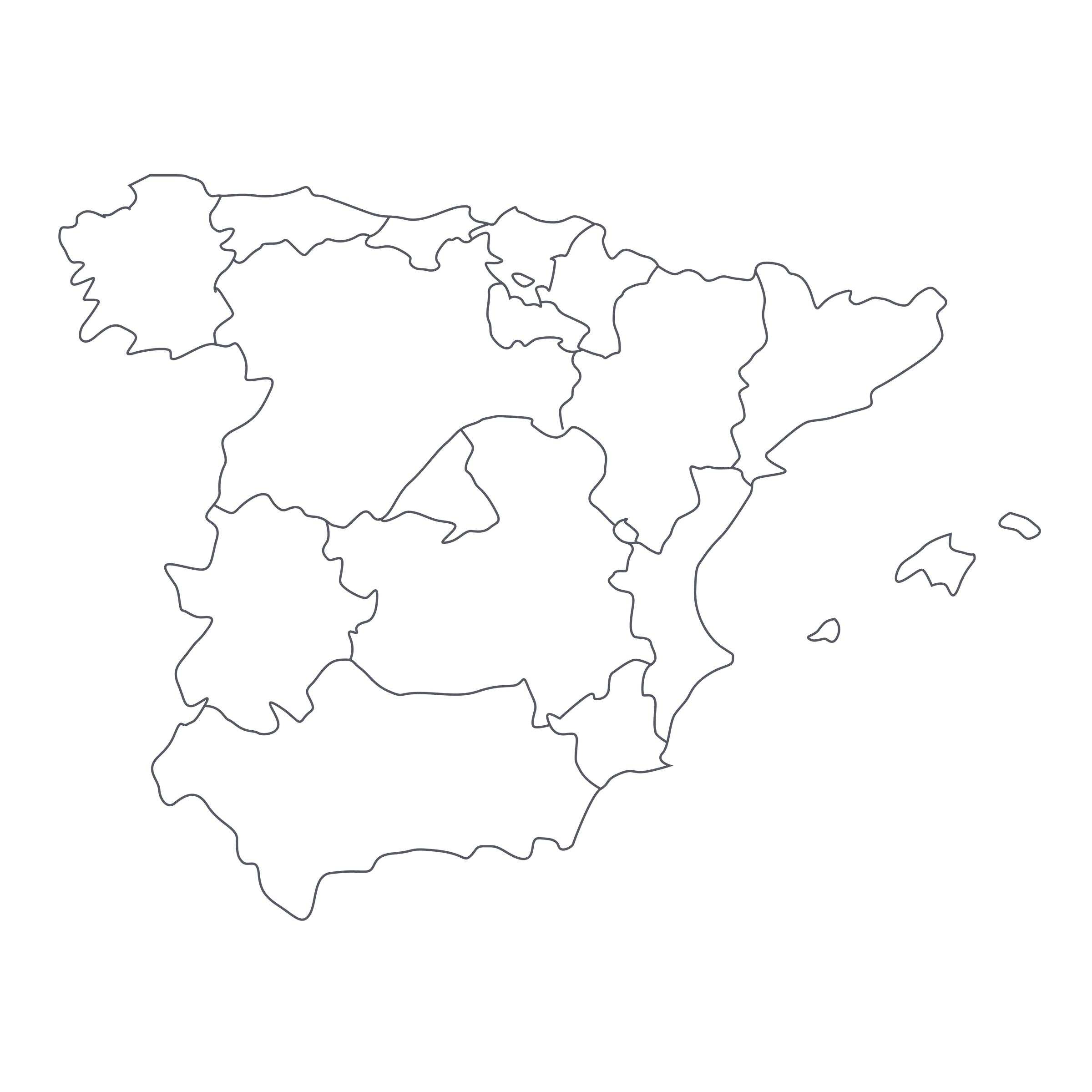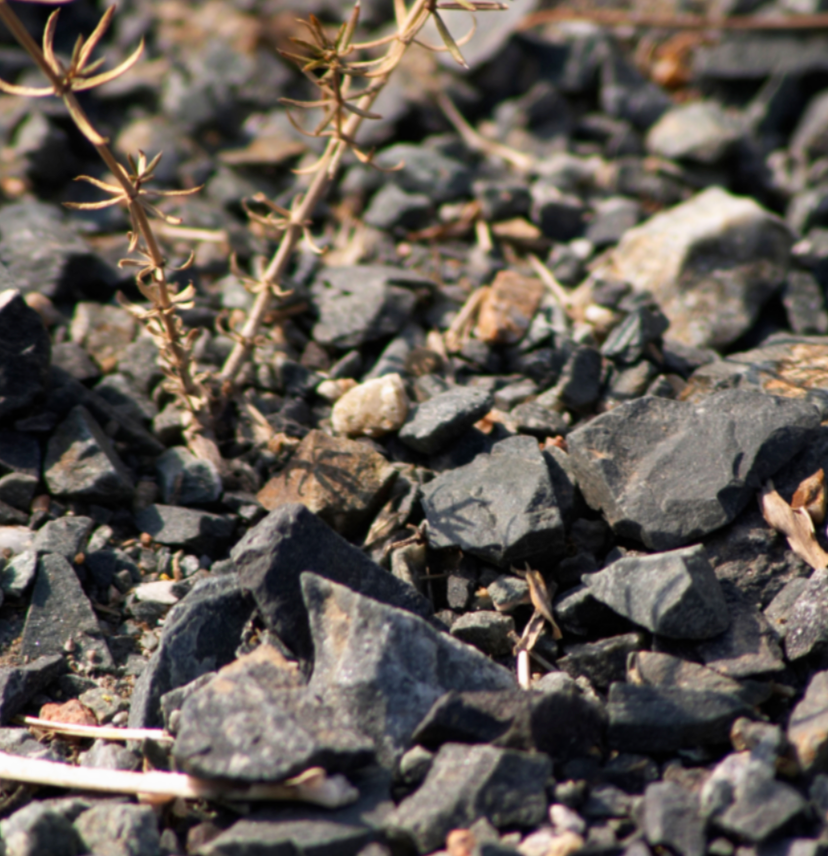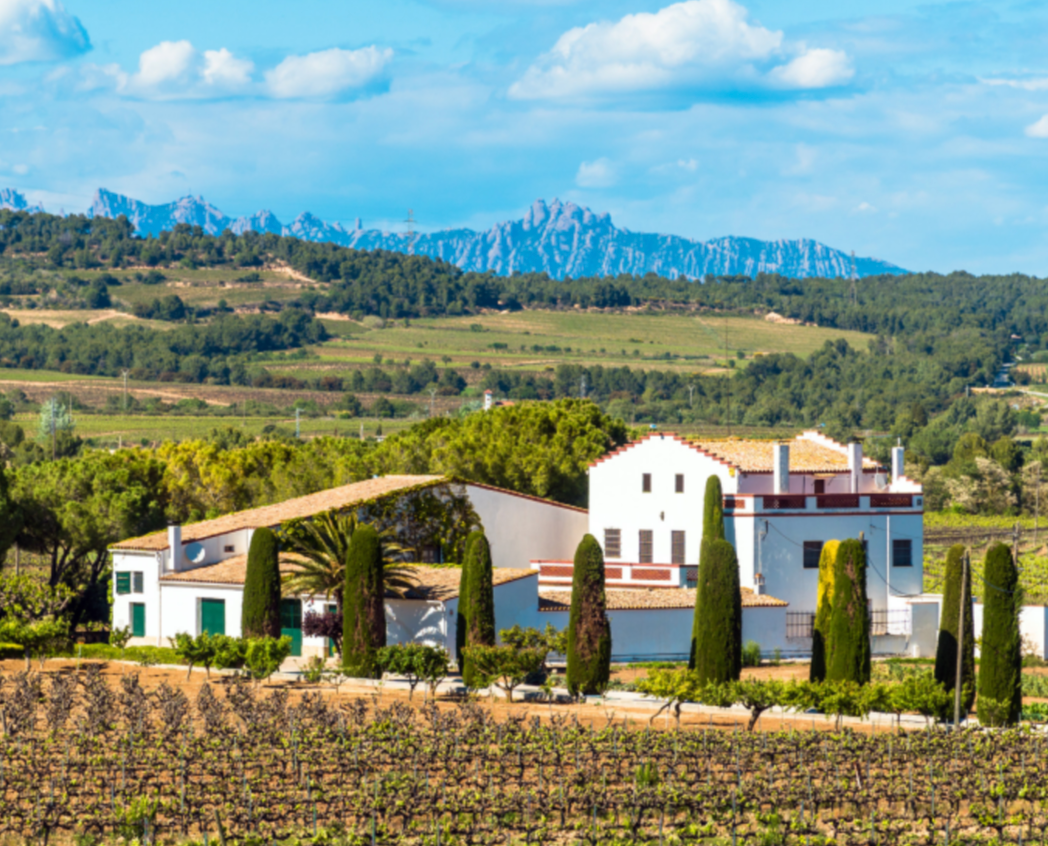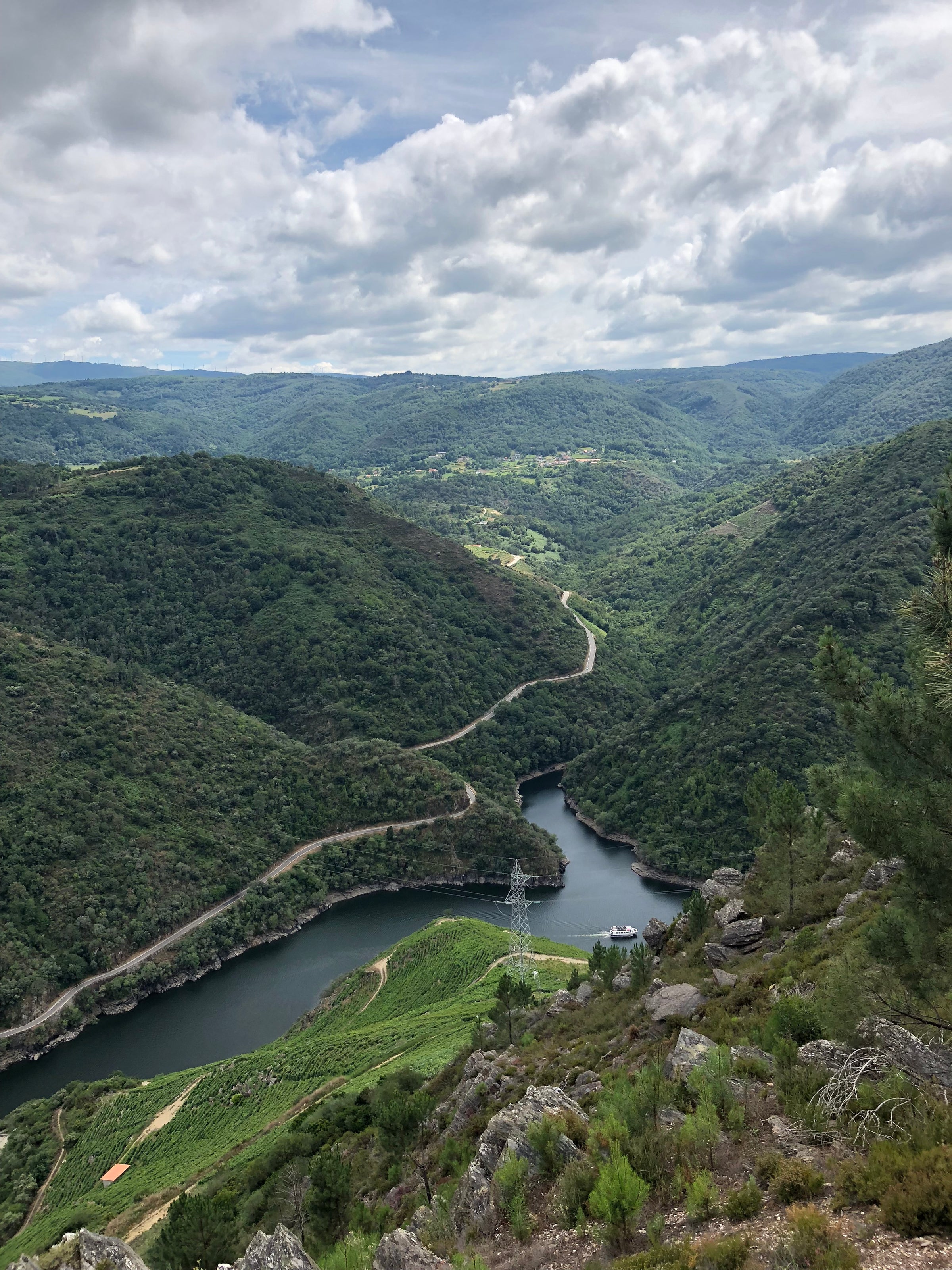Last year, Sindicat La Figuera’s Montsant blew our minds as perhaps the best $25 bottle of Grenache we’d ever come across. Apparently, it did the same for all of you because ever since that gangbusters sellout, we’ve been fielding emails asking when La Figuera would return. The wait is finally over, and we’ve secured an even-better price for your patience.
For those unfamiliar, let’s recap what makes this such an irresistible value: 1) It hails from some of Spain’s finest Garnatxa terroir; 2) the prized fruit is exclusively from old vines mostly over the 80-year mark; and 3) despite the unassuming label and corporate-sounding name, it’s actually crafted by one of Catalonia’s greatest winemakers, son of the most famous producer to ever grace the region. And, boy, does this fresh ’21 release deliver on all that hype with sappy red and purple fruits, fragrant spice, and a vibrant structure that highlights the immense craft brought to bear on this humble wine. If you want to experience the best aspects of Spain’s next-generation wines—lifted, elegant, almost Burgundian interpretations of a special terroir —while preserving humble prices that belie incredible pedigree, today’s the day to do it!
Sindicat La Figuera is a co-operative, meaning it’s a group of farmers who bring their crop to the “sindicat” and share the profits of the single wine made from their fruit. Usually, we steer clear of co-ops; in too many places around the world, they simply hold a monopoly on local wine production and are happy to pump out massive volumes of affordable but insipid products. Nothing could be further from the truth in La Figuera. This was once a major wine-growing village in Montsant but a devastating storm in the 1950s destroyed many of the vineyards. Only the most dedicated growers replanted their Grenache, and today, just four farmers make up the entire sindicat. Garnatxa is all they grow and all they make. La Figuera is the highest town in the region, and thanks to that, its wines carry a tension and vividness other Montsants often lack. When the co-operative’s already good wine caught the eye of one René Barbier Jr., he offered to oversee the winemaking in return for a lease on a vineyard in La Figuera.
The name Barbier rings across the hills of Montsant with the same gravitas as Chave does in the Rhône or Mascarello in Piedmont. In 1979, René Barbier Jr.’s father moved to Priorat and started a revolution. His Clos Mogador estate in next-door Priorat put the red wines of Catalonia on the map, winning over tip scores of international critics and quickly skyrocketing in price. After achieving wild success there, René Senior turned to the Montsant appellation next door and did the same with his Espectacle label.
Considering Montsant’s soils (a slate known locally as llicorella), and its main grapes (Garnatxa/Grenache and Cariñena/Carignan) are the same as Priorat’s, wild success was almost a given considering René’s talents. The major difference between the two appellations is that Montsant sits just a few dozen meters lower in elevation, softening the formidable tannic structure that often renders Priorat undrinkable in its early years. In 2001, after a decade at Clos Mogador, René Jr. struck out on his own, making Montsant his primary focus. While his father made waves with a hugely extractive and alcoholic style, René Jr. has been at the forefront of pushing the region into a brighter, fresher, and restrained direction.
The results are explosive and delicious, to say the least. As mentioned above, Sindicat La Figuera’s is entirely Garnatxa, a rarity for a region where Carignan often makes up a substantial portion of the blend. Fermented with whole clusters in concrete to emphasize freshness, it’s a marvel of generous warm-climate aroma married to exhilarating freshness. It pours limpid ruby with hints of purple, the nose rumbling with a medley of red and purple fruit. Candied raspberry, cherry liqueur, sweet plum flesh, wild strawberry, and cherry pit all meet dried red flowers, damp herbs, crushed rocks, and fresh leather. The palate is lush yet invigorating, powerful yet incredibly dynamic. It’s medium in body with a fine coating of soft tannin that provides great structure at the table while allowing for immediate pleasure with a light chill. And La Figuera is that rare thing, a sub-$25 bottle that’ll even improve with a 2-3 year slumber in the cellar. This might be the ultimate “if you know, you know” bottle; if you don’t know, now’s your time to find out!










